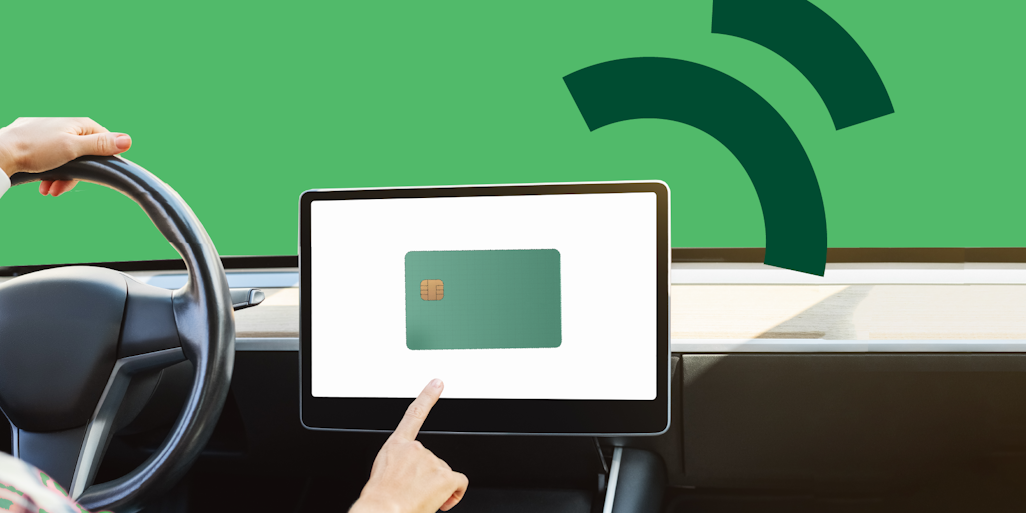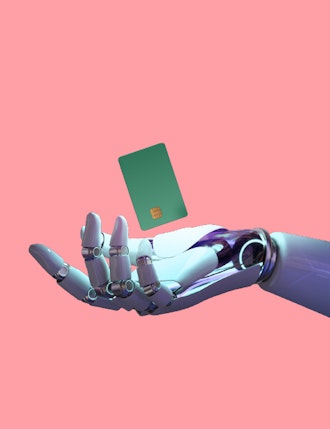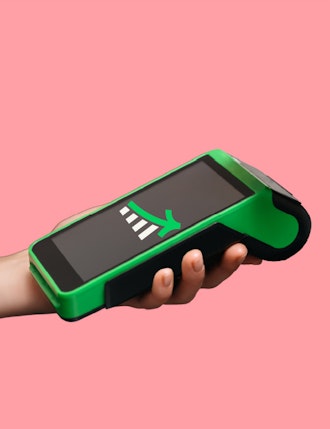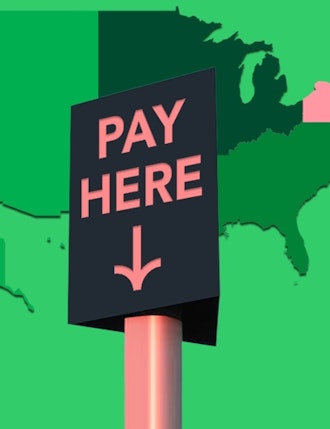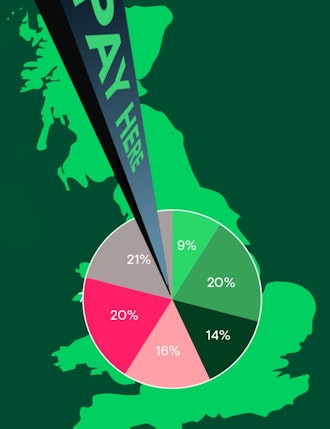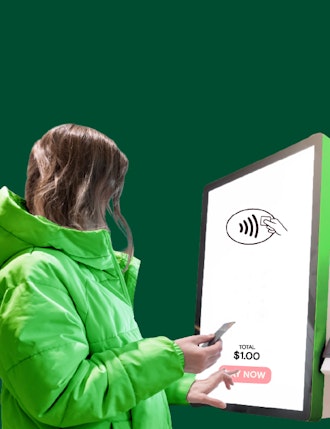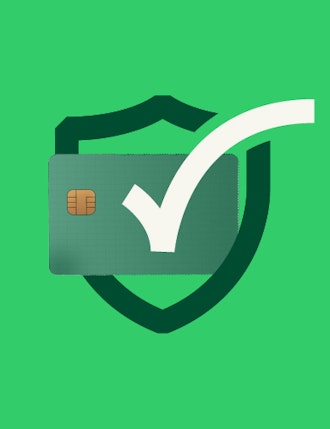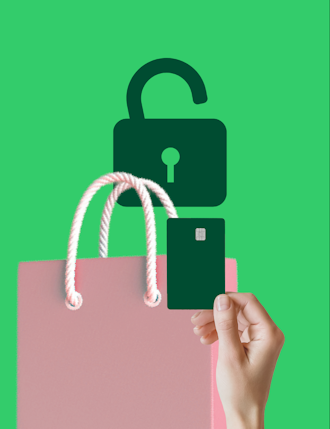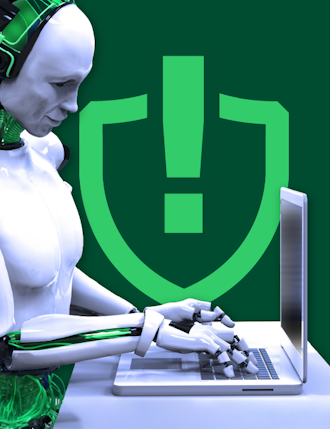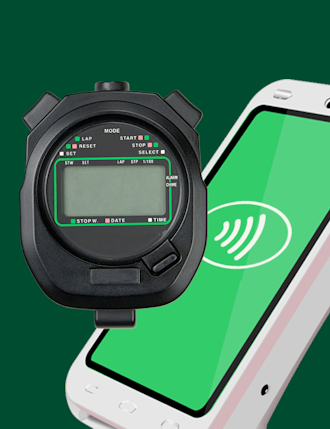Key Insights
-
Cars are evolving into in-vehicle commerce hubs, handling payments for charging, parking, tolls, and retail.
-
Today’s EV charging payment solutions include apps, RFID cards, plug-and-charge, and in-car payment systems, but fragmentation causes friction.
-
Unified, secure platforms powered by encryption, tokenization, and orchestration reduce failures and speed up sessions.
-
Merchants and operators gain new revenue opportunities by linking cars to marketplaces for food, services, and subscriptions.
- The future is one smooth, secure checkout from the driver’s seat.
Don't have time to read more now? Sign up to our newsletter to get the latest insights directly in your inbox.
First it was your phone. Then it was your watch. Now it’s your car.
The way we pay keeps moving into the everyday objects around us. And this “tap, pay, go” way of life has now found its way into our cars.
From charging and tolls, to parking, drive-thrus, and even software upgrades, cars are turning into wallets on wheels. For drivers, it means one less thing to think about on the road. For businesses, it’s a chance to reach customers in a place that used to be out of bounds - behind the wheel.
Let’s see what’s driving this innovation, and also the thing that’s holding it back…
What’s fueling the rise of in-car payments?
While cars get smarter, our habits do, too. Think about how quickly we went from swiping cards, to tapping phones - what once felt futuristic is now second nature. That change in behavior is exactly what makes in-car commerce possible.
When people got comfortable with “tap, pay, go,” they started expecting it everywhere, especially at charging stations and forecourts etc. Regulators noticed too. In Europe, for example, rules now require card acceptance at new EV charging stations, and forecasts suggest card and contactless payments will dominate by 2030.
Automakers see the same opportunity, not because they capture the transaction themselves, but because enabling in-car payments opens the door for merchants, service operators, and payment providers to connect with customers in new ways. Whether it’s a fast-food chain, a toll operator, or a charging network, the car becomes the channel, creating smoother journeys and new revenue streams.
Fleet managers are also pushing for it: one payment system, one bill, no messy expense claims, such as the case with E.ON Drive, who help corporate fleets reimburse home charging. Employees charge at home, usage is tracked via a wall-box and app, and costs are automatically paid back each month without expense forms.
All of this is why in-car commerce is moving from a ‘nice to have’ to a ‘got to have’.
Let’s explore how in-car payment systems work, and where people are using them the most…
How in-car commerce systems work
So how does a car actually pay for something? Under the hood, most in-car payment systems follow the same basic flow:
- Trigger - The driver starts a transaction (plugging in to charge, tapping a screen, or confirming with voice/biometric).
- Authentication - The car or the app confirms the driver’s identity and the account being charged.
- Payment routing - Payment details are encrypted and sent via the car’s connectivity to a payment gateway.
- Authorization - The transaction is approved by the acquirer or issuer, often in real time.
- Settlement & receipt - The driver sees confirmation on the dashboard, and the operator gets paid.
It’s the same process as paying in-store, just initiated by the vehicle rather than a terminal.
Where are people most likely to use their in-car payment systems?
- EV charging
This is the clearest use case today. Drivers pay through apps, RFID cards, plug-and-charge technology, or the dash itself. Each method makes charging easier, and together they show just how central payments are to EV adoption. Choosing the right EV charging payment solution can make the difference between a smooth session and an abandoned one. (Take Renault’s ‘Mobilize Pay’ for example - it blends payments with rewards. Drivers earn cashback when using Renault’s charging network, and even offset their carbon footprint.) - Parking and tolls
Nobody likes digging for coins or tickets. In-car payments let drivers glide through barriers automatically. Automatic Number Plate Recognition (ANPR) or location data triggers the payment, and the driver just keeps moving. - Drive-thrus
Imagine your car knowing your “usual” order. Voice assistants or touchscreens connect to your wallet, so you confirm with one tap. Quick-service restaurants are already trialling this, linking loyalty schemes to the car. - Subscriptions and upgrades
Software has become a profit engine for automakers. BMW, Mercedes, and Tesla have all experimented with the likes of heated-seat subscriptions to navigation updates, letting the car charge your account directly.
All of this paints an exciting picture: cars that pay for charging, coffee, parking, and more without the driver lifting a finger. The behavior change is there, the technology is maturing, and early pilots prove people are ready for it.
But as with every payment revolution, the jump from pilot to everyday reality isn’t smooth. The more players that join - automakers, charging networks, retailers, wallets - the more complex the system becomes. And complexity brings its own challenge: fragmentation…
What’s currently holding in-car commerce back?
If paying in-car feels clunky today, it’s because there are too many options, and they don’t talk to each other.
Drivers may carry several RFID cards, download multiple apps, and still hit a charger that needs something different. Pricing is inconsistent: one station shows cost per kWh, another hides idle fees, another bills by time. Receipts vary, making reimbursements a nightmare for fleets.
On the operator side, different hardware and protocols create integration headaches. Old stacks don’t support modern rails. Settlement takes longer. Customer support gets bogged down with disputes.
The effect is visible: failed authorizations, abandoned sessions, frustrated drivers.
That’s fragmentation, for you.
So, how do we fix it? Well, not by adding yet another app or card…
The answer is payment orchestration
Think about the satnav in your car. You tell it where you want to go, and it figures out the best route. If there’s traffic, roadworks, or a blocked road, it instantly reroutes to keep you moving.
Payment orchestration works the same way. Every transaction is like a journey, and there are lots of possible routes - apps, cards, RFID, plug-and-charge, mobile wallets, acquirers, and networks. Without payment orchestration, drivers and operators are left to figure it out manually, which means delays, detours, and abandoned trips.
You can get the full low-down on orchestration in our article: ‘What is in-person payment orchestration?’
With payment orchestration, the system automatically:
- Picks the fastest, most reliable path for each payment.
- Switches routes if one rail fails, reducing declines and downtime.
- Ensures consistency - pricing, receipts, and session flows are standardized, so no matter the network, drivers see a familiar experience.
- Supports vendor-agnostic hardware - different terminals can be used and updated remotely, so operators don’t need to rip and replace every time technology moves on.
- Embeds security (encryption, tokenization, PCI DSS) into the journey, so the route is safe as well as fast.
For businesses, that means lower costs and fewer failures. For drivers, it means paying from the car just works - no dead ends, no confusion, no queues.
That’s exactly where Aevi comes in.
By unifying payment rails, devices, and providers through orchestration, Aevi’s cloud-based platform helps businesses deliver the seamless, secure, and scalable in-car commerce experience drivers now expect.
"In-car payments are shifting from being a convenience to an expectation. The challenge is that every transaction touches multiple providers and systems. Aevi’s orchestration gives you the power to choose and control how payments are accepted, and when and where they’re routed so no matter where the journey takes you don’t just choose your payments, Aevi them."
Ghermaine Henry, Head of Fuel & Mobility EMEA, Aevi
Ready to explore how orchestration can turn your vehicles into checkout hubs on wheels? Get in touch with Aevi to start your journey.
